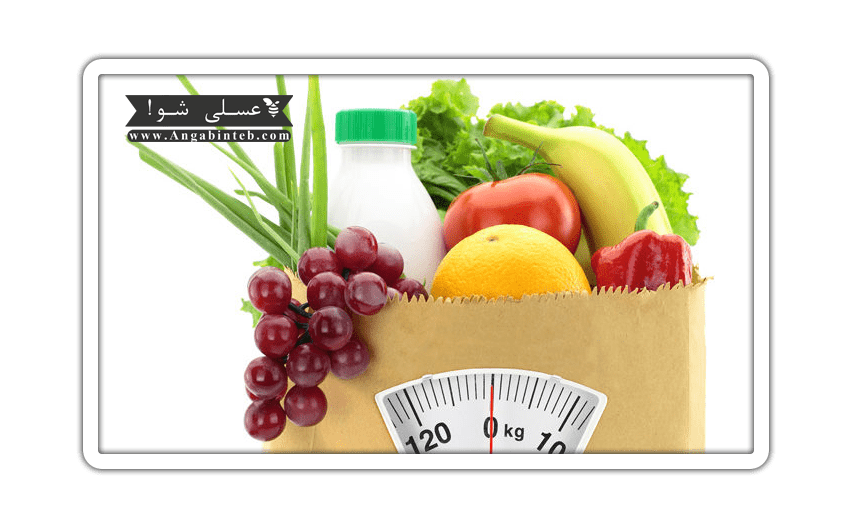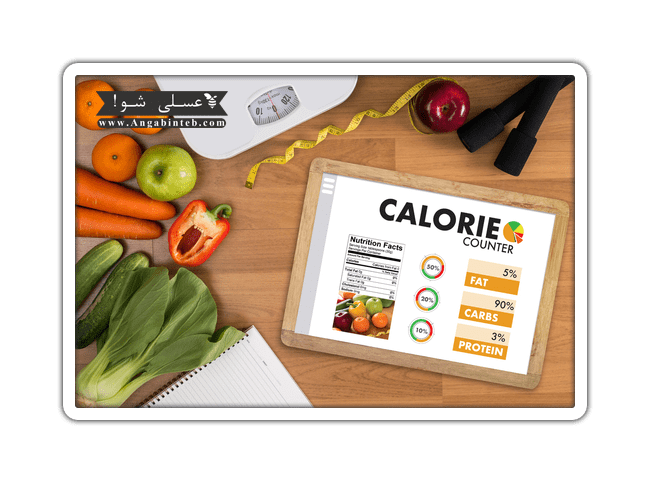دوست داری رژیم بگیری ؟

Food intake measurement:
Measuring the intake of nutrients, foods, and food groups is one of the controversial issues in many studies. Based on the principled of epidemiology, evaluating the food intake is more important in the long term than in just a few days.
It’s so important for many people (including athletes, pregnant and lactating women, or also growing children) to check their diet and receive the essential nutrients like proteins, vitamins, and minerals, by which we can determine the correct diet plan and the health of individuals; we can also prevent problems related to improper nutrition such as obesity, weight loss, malnutrition, hypertension, heart disease, diabetes, and other diseases.
By recording the daily and accurate intakes of individuals in the specialized clinic of nutrition and diet therapy during the week, their diet components are analyzed and the complete description are reported to the clients along with macronutrient intake diagrams; then, they will be referred to the relevant specialist to correct or troubleshoot those diets.
Different methods of assessing food intake
*** Food Frequency Questionnaire:
The Food Frequency Questionnaire(FFQ) is usually the most appropriate method for evaluation of diet in the long term in epidemiologic studies; also, evaluating its validity and reliability is necessary to determine the correct relationship between the diet and diseases.
FFQ has become a completely functional instrument because of its easy-to-use, relatively low-cost quality and also fast estimation of intakes. Since FFQ is the best instrument for classifying people based on their common food and nutrient intakes, it is important to measure the accurate intake levels through this questionnaire. FFQ is concerned with random and systematic errors like other plan diet plan evaluation methods leading to failure in prersentation of the actual food intake.
***24-hour dietary recall(24HR):
24-hour dietary recall is a type of questionnaire usually applied to assess food intake(nutritional assessment) during 24 hours in the individual; then, nutritionists and dietitians regulate the diet according to that.
***Complete table( Exercise calorie counter chart along with food calorie chart):
Professional dieters know that in addition to having a specific diet and plan, it is sometimes inevitable to have a complete list of food calorie and also to choose and substitute high energy foods with the low energy ones. While using this guide, keep in mind that you should never substitute a nutrient in a certain group with a different nutrient in another group(e.g. do not replace fruits with bread and cereals!), otherwise your body will meet some deficiencies and complications; therefore, food substitution is only allowed within that specific group; e.g. in a weight loss plan, you can replace an energetic fruit(like banana) with a less energetic one(like orange or kiwi).
Food substitutions list:
The list of food substitutes is at your disposal attached with the diet plan and is designed to diversify your own diet. While using this list, bear in mind that all the recommended nutrients fall into one of these categories: bread and cereals, meat and protein sources, vegetables, fruits, milk and diary products, fats and sugars. You can easily substitute a unit of food with another unit of any other food within that certain group(in case if you want to!). It’s also very beneficial to consume the desired nutrients in the free food group for the diversification of your diet.
Each 30 grams of bread and cereals is equal to:
- A palm of thick whole grain bread without counting the fingers (10*10 cut) such as Sangak and barbari bread
- 3 to 4 palms of thin bread(Taftan or Lavash)
- 4 tablespoons of rice
- Half a glass of Spaghetti or Lasagna
- One medium potato
- One corn(Maize)
- Half a glass of corn or baked cereal, breakfast cereal, cornflakes or low-fat popcorn
- 3 tablespoons wheat germ or dry flour
- Half a glass of rice milk, porridge, gruel or Halim
- 2-4 biscuits
- One medium cookie

Each 30 grams of meat and protein is equal to:
- A matchbox of beef, veal, lamb, ostrich, turkey, fish or chicken meat(half thigh or a third of breast)(consume at least three meals of fish and other seafoods per week and limit the intake of high-fat meat and instead, replace red meat with white meat as far as possible.)
- 30 grams of shrimp
- One whole egg(preferably boiled- set a limit of 4 yolks per week)
- 2 egg whites
- 30 grams or about a matchbox of cheese
- Half cup of baked legumes(beans, lentils, mung beans, split peas, peas and soybeans)
Each 100 grams of vegetables is equal to:
- 100 grams or a cup of any raw vegetables, broccoli, spinach, celery, cabbage, zucchini, eggplant, turnips, onions, cucumbers, tomatoes, lettuce(used in form of salad or separately), radish, green pepper, green beans, carrots and oranges.
- Half a glass of cooked vegetables.
One diary unit is equal to:(volume of each glass = 240 cc)
- One glass of milk
- One glass of yogurt
- 2 glasses of buttermilk
- 4 tablespoons of curd
A number of fruit is equal to:
- One small apple, pear, orange, tangerine, grapefruit, kiwi, peach(120 grams), one small banana, half a big banana
- 4 average apricots
- 2 average figs
- 3 dates
- 12 cherries
- 17 grapes
- 2 tablespoons of raisins
- Half a pomegranate
- A slice(400 grams) of watermelon, cantaloupe, or melon
- A quarter glass of dried berries
- Three quarters of a glass of mulberry
- Two number of plums
Each 5 grams of fat is equal to:
- One teaspoon of oils and fats
- 2 tablespoons of cream or butterfat
- 2 walnuts
- 6 almonds
- 10 peanuts
- 8-10 olives
- One tablespoon of sesame seeds
- One tablespoon of nutmeat
Note: Eliminate hydrogenated vegetable oil and hard margarine from your diet; instead, more than a third of your daily oil intake should be provided by olive, grape seed or canola oil.
A sugar cube is equal to:
- 5 grams of sugar
- One teaspoon of sugar, jam or honey
Free foods:
- Tea
- Coffee and other sugar-free brewed drinks
- Barberries
- Mustard
- Low-salt tomato paste
- Various types of spices
- Vinegar
- Lemon juice
- Verjuice





